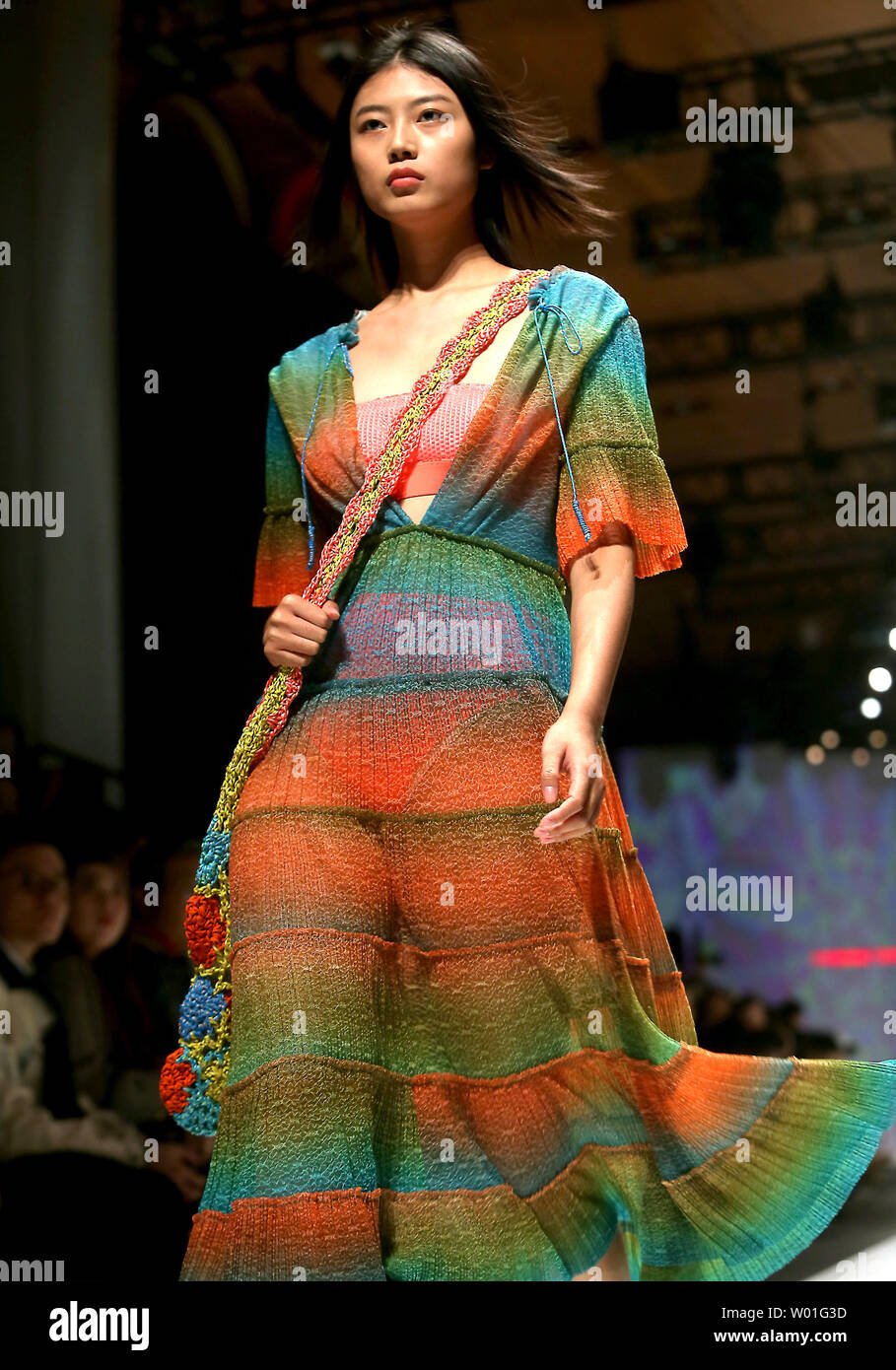Discovering the Rich Heritage of Eastern Wear Pakistan in Modern Fashion
Discovering the Rich Heritage of Eastern Wear Pakistan in Modern Fashion
Blog Article
Unlock the Keys of Ageless Eastern Wear
Checking out the enigmatic world of timeless Eastern wear delves into a world where society, background, and artistry merge to create garments that go beyond simple fabric and string. The intricate tapestry of custom interwoven with contemporary aspects provides a peek into a globe where every stitch narrates, every theme a sign of relevance. Unveiling the secrets behind these productions reveals a tapestry of heritage waiting to be deciphered, inviting one to trip via the aerial beauty and mystique of Eastern style.
History of Eastern Fashion
The background of Eastern style dates back centuries, showing the abundant cultural heritage and customs of varied regions across Asia. Each area flaunts its distinct designs, fabrics, and layouts that have been influenced by variables like climate, faith, social condition, and profession courses. eastern wear pakistan. The detailed silk garments of China represent elegance and refinement, while the lively saris of India showcase a kaleidoscope of patterns and colors.
In Japan, the robe has been a symbol of tradition and refinement for generations, with various designs worn for numerous celebrations. The background of Eastern fashion is a tapestry of advancement and custom, mixing old methods with modern impacts to develop an ever-evolving and vibrant sector.
Importance of Typical Clothing
Standard clothes functions as a cultural symbol, embodying the values, ideas, and heritage of areas in Eastern societies. eastern wear pakistan. These garments are not just pieces of textile yet are symbolic depictions of the rich background and traditions passed down through generations. In Eastern cultures, traditional clothes plays a considerable duty in ceremonies, events, and day-to-day live, showing the social standing, local associations, and even marital status of individuals
The importance of standard attire exceeds visual appeals; it is a method for individuals to attach with their roots and express satisfaction in their cultural identity. Each garment, from the complex sarees of India to the streaming hanboks of Korea, lugs with it a narrative of craftsmanship, significance, and importance that is deeply deep-rooted in the textile of society.
Additionally, conventional outfit works as a visual language, communicating stories of strength, unity, and accomplishment. By using these garments, individuals not just recognize their heritage however additionally add to the conservation and party of their cultural heritage.
Development of Eastern Embroideries
Exactly how have Eastern embroideries advanced with time to reflect changing cultural influences and artistic patterns? Eastern embroideries have an abundant background that extends centuries and have actually continually advanced to include diverse social impacts and react to shifting creative patterns. The development of Eastern embroideries can be traced back to old civilizations where complex styles were hand-stitched onto fabrics making use of conventional strategies. For many years, these embroideries have actually adjusted to show the transforming tastes and choices of different areas and ages.

Today, Eastern needleworks remain to evolve, mixing typical craftsmanship with contemporary layout perceptiveness to produce ageless pieces that celebrate the appeal of cultural variety and artistic development.
Lavish Fabrics in Eastern Wear
Lavish fabrics pop over to this web-site play an essential function in boosting the aesthetic charm and high quality of Eastern wear, improving the general allure and elegance of conventional garments. Eastern wear is renowned for its extravagant textiles that not only show the region's abundant social heritage yet likewise symbolize sophistication and grace. Silk, a material associated with luxury, is typically made use of in crafting Eastern outfit, presenting a lustrous shine and a soft, smooth appearance. The great strings of silk not only drape beautifully yet additionally include a touch of extravagance to clothing.
In enhancement to silk, textiles like chiffon, velvet, and brocade are also generally featured in Eastern wear. These luxurious textiles not just elevate the visual charm of Eastern wear yet also make certain a sense of improvement and refinement that goes beyond time.
Incorporating Eastern Fashion Today
In contemporary fashion landscapes, the combination of Eastern influences presents a harmonious blend of social heritage and modern aesthetics. Developers and fashion enthusiasts alike are embracing the rich tapestry of Eastern fashion, try this site including traditional aspects right into modern-day shapes and designs. From complex embroidery to vivid shades and glamorous textiles, Eastern style today supplies a diverse range of options that cater to an international audience.
One means Eastern fashion is making its mark in contemporary wardrobes is with the adjustment of conventional garments such as the bathrobe, saree, or qipao into everyday wear. These pieces, as soon as reserved for special celebrations, are now reimagined in more informal kinds, enabling their unification right into daily fashion selections. In addition, using standard patterns and concepts in Western-style clothes adds a touch of unique elegance to contemporary clothing.

Conclusion
In verdict, exploring the abundant history, relevance, and development of Eastern style introduces a deep-rooted link to heritage and worths. The luxurious textiles and intricate needleworks site link of Eastern put on display the versatility and eternity of standard layouts. Integrating Eastern influences in modern style permits a combination of custom and advancement, creating an unified equilibrium in between the past and today.
Luxurious textiles play a crucial function in elevating the visual allure and top quality of Eastern wear, improving the total attraction and elegance of standard garments. Designers and style fanatics alike are accepting the abundant tapestry of Eastern fashion, integrating standard elements right into modern-day silhouettes and designs. From detailed embroidery to glamorous fabrics and vivid shades, Eastern fashion today provides a varied variety of alternatives that provide to an international audience.
One method Eastern style is making its mark in contemporary wardrobes is with the adjustment of traditional garments such as the bathrobe, saree, or qipao right into day-to-day wear. The lavish materials and complex needleworks of Eastern use display the adaptability and eternity of traditional designs.
Report this page